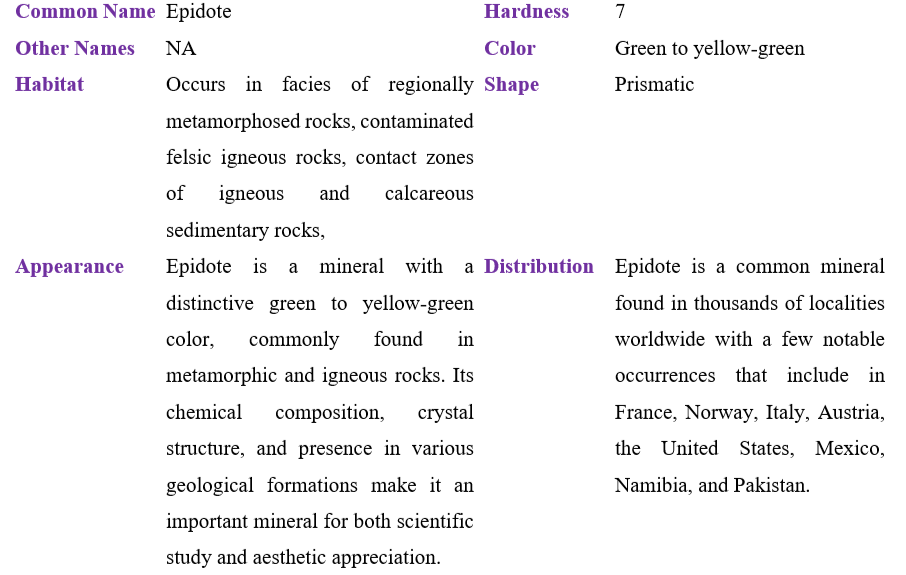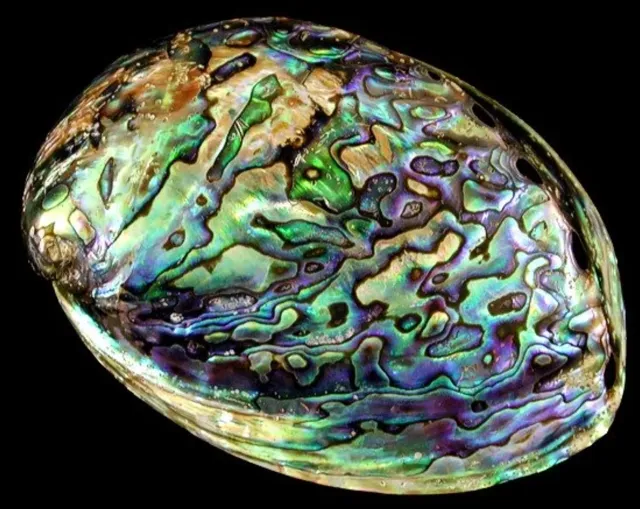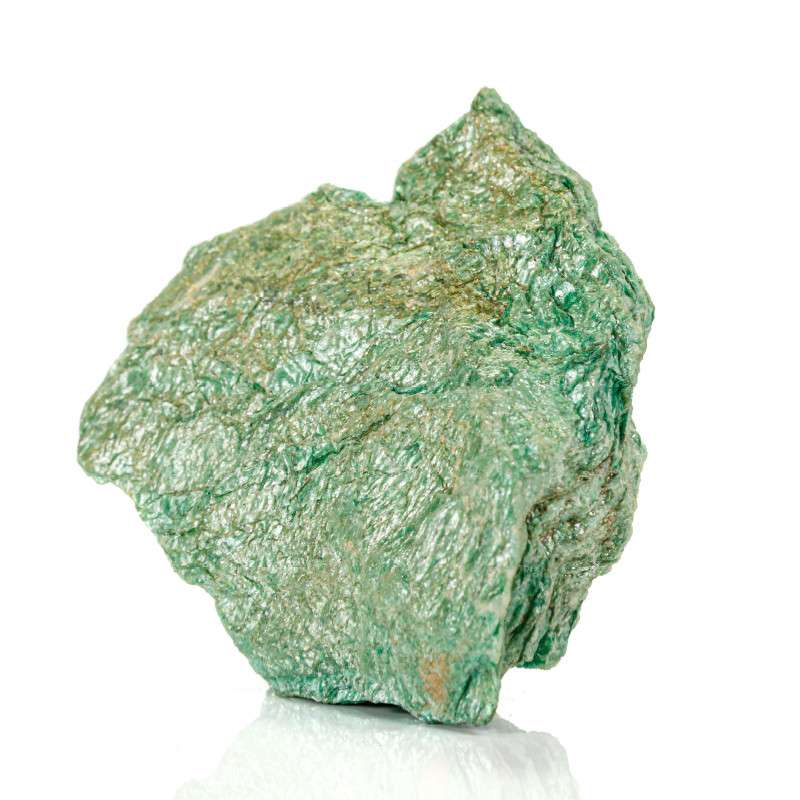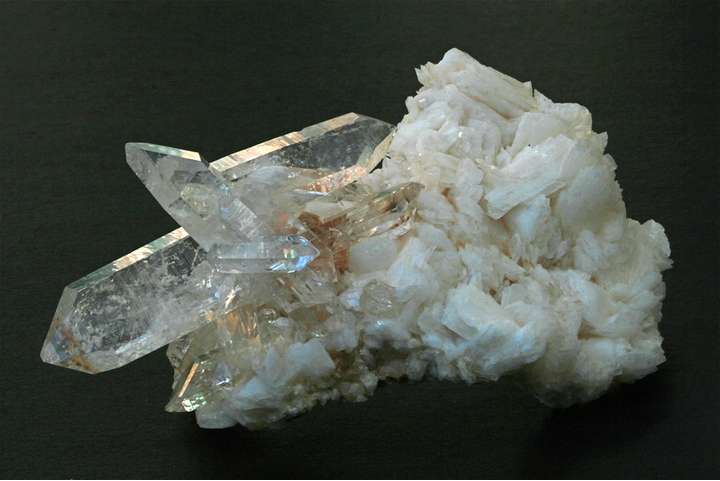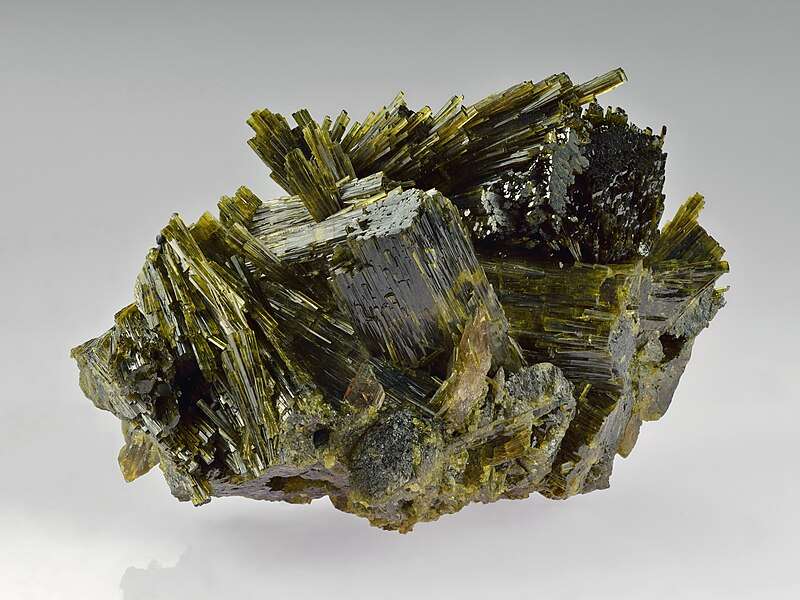
Appearance
Colors of epidote vary, but green and yellow-green tones predominate, with occasional brown or black tones as well. The iron content in its crystal structure is typically responsible for the green hue. The exact mineral variety and iron content are two examples of the variables that can affect color intensity. Clinozoisite, allanite, and pistacite are a few frequent forms of epidote.
When it comes to crystal habit, epidote usually forms prismatic or columnar crystals, which frequently have distinct faces and surfaces striated with lines. These crystals can be found as granular or huge aggregates, as well as alone or in groups.
Geographical Distribution
Both as a primary mineral and as a secondary mineral emerging from the alteration of other minerals, epidote is found in many parts of the world. Epidote is often found in a number of noteworthy geographic places, including Norway, Austria, the United States, Sweden, and Switzerland.
History
René Just Haüt made the initial discovery of epidote stone in 1801. Episodis, which means growth or addition in Greek, is where the name originates. It was found in the Unaka Mountains, which also bear its name, in the southern United States in 1874.
Metaphysical Properties
Some people think that minerals, like epidote, have metaphysical qualities. It is employed in many holistic and spiritual practices because it is believed to have grounding and energy-enhancing qualities.
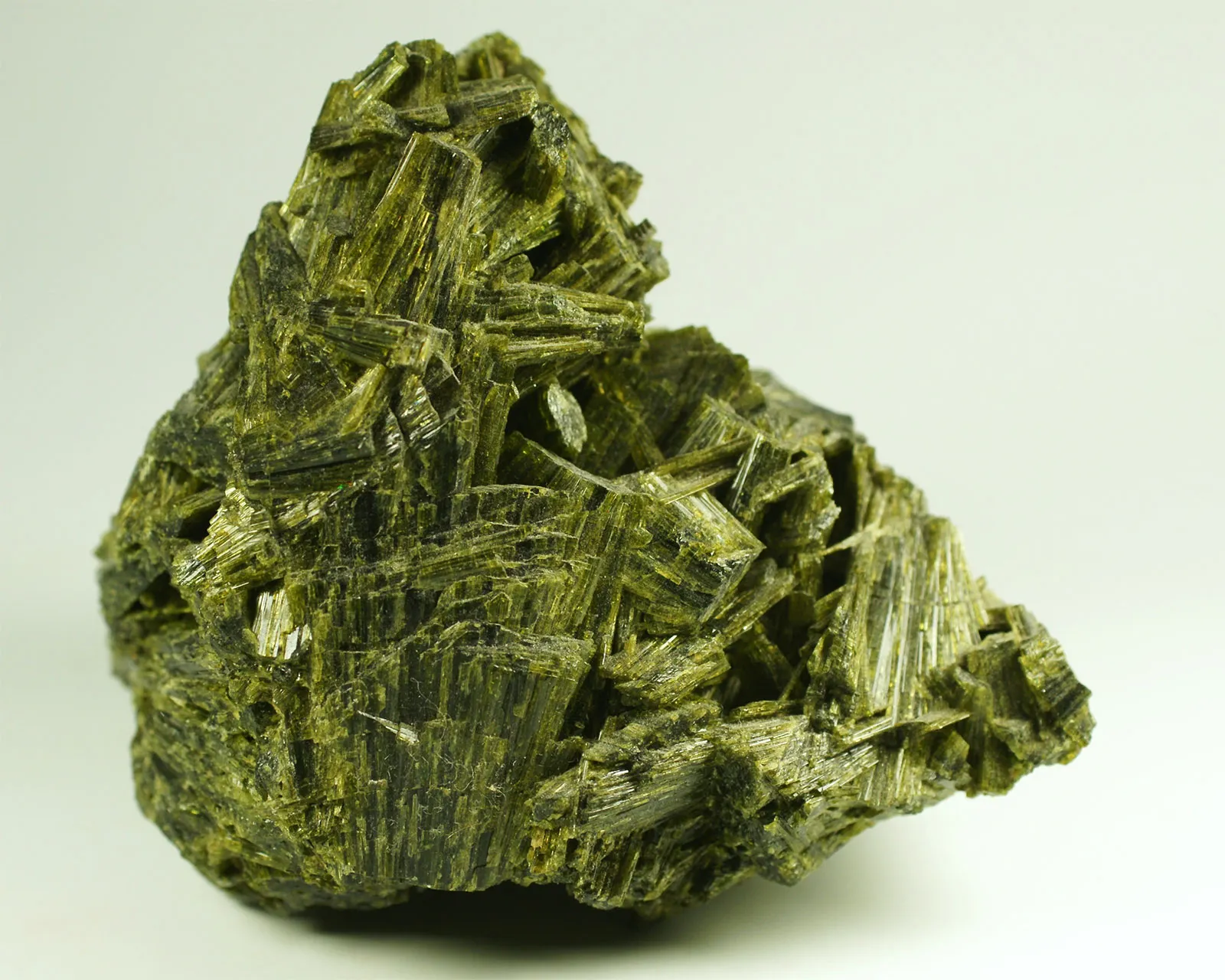
Chemical Composition
Epidote’s chemical formula is commonly expressed as Ca2(Al,Fe)3(SiO4)3(OH). Its sorosilicate structure, which is made up of separate silicate tetrahedra joined by a common oxygen atom, is reflected in its composition. Iron (Fe) can occasionally take the place of some of the aluminum (Al) in the formula, changing the mineral’s color and characteristics.
Types
The following are a few frequent types of epidote:
Pistacite:
The distinctive pistachio-green hue of this epidote variant is frequently ascribed to iron’s presence as a trace element in the crystal lattice. One of the most well-known and identifiable hues of epidote is pistacite.
Clinozoisite:
A kind of epidote known as clinozoisite is frequently light green to yellow-green in hue. It occurs in metamorphic conditions characterized by high pressure and low temperature, and is linked to rocks such as eclogites and blueschists.
Allanite:
Epidote comes in a black to brownish-black form called allanite. It can also have trace amounts of uranium and thorium in addition to the rare earth elements, which are frequently present in large levels. Numerous types of rocks, including igneous and metamorphic rocks, include allanite.
Tawmawite:
The epidote variant tawmawite is usually dark to brownish-red in color. It is frequently discovered in skarn deposits connected to contact metamorphism.
Epidote-(Pb):
Lead (Pb) is a substantial trace element present in this type. It is linked to hydrothermal mineralization and is frequently found in lead-zinc ore deposits.
Uses
- Jewelry: For jewelry, epidote is polished and cut into gemstones. Those who value unusual and natural gemstones will find it fascinating due to its pistachio-green color and intriguing inclusions. However, because of its moderate hardness—which leaves it prone to wear and scratches—its usage as a gemstone is restricted.
- Mineral Collecting: Mineral collectors value epidote for its exquisite crystal formations and range of colors. Epidote specimens are sought after by collectors for their individual collections because of its aesthetic value and geological significance.
- Geological Studies: The presence of epidote in different rock formations offers crucial hints regarding the region’s geological past. Epidote is studied by geologists in order to comprehend the circumstances surrounding the metamorphism of rocks and other geological processes.
- Lapidary Arts: When it comes to creating sculptures, carvings, and ornamental pieces out of minerals, lapidary artists frequently choose epidote because of its distinct color and crystal habits.
Table
